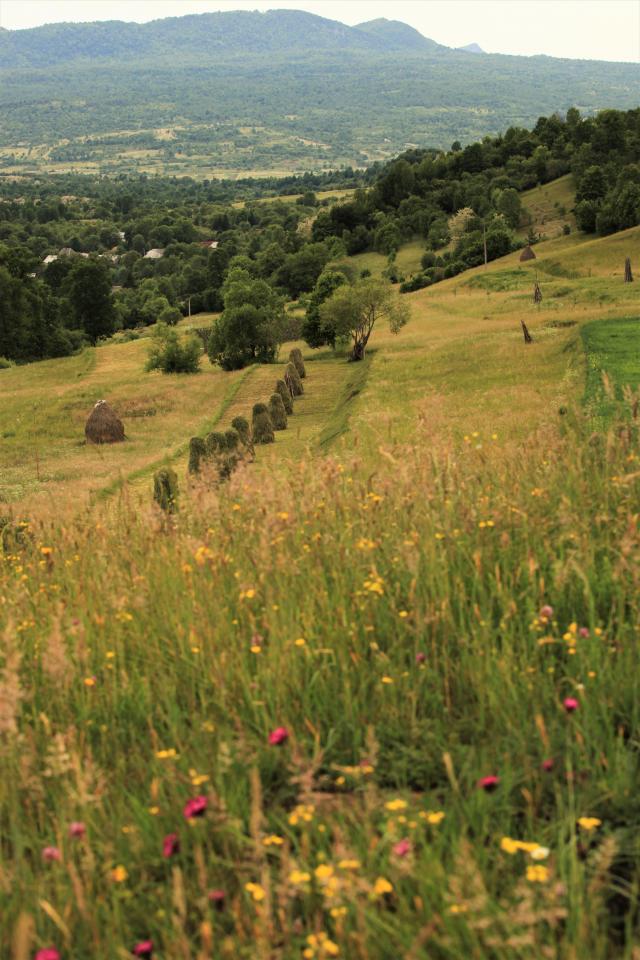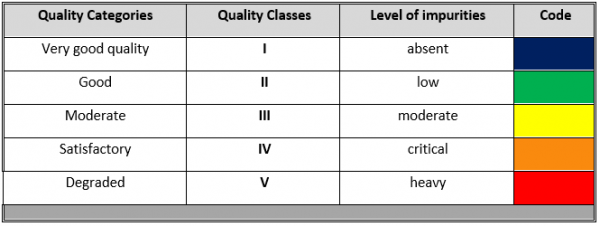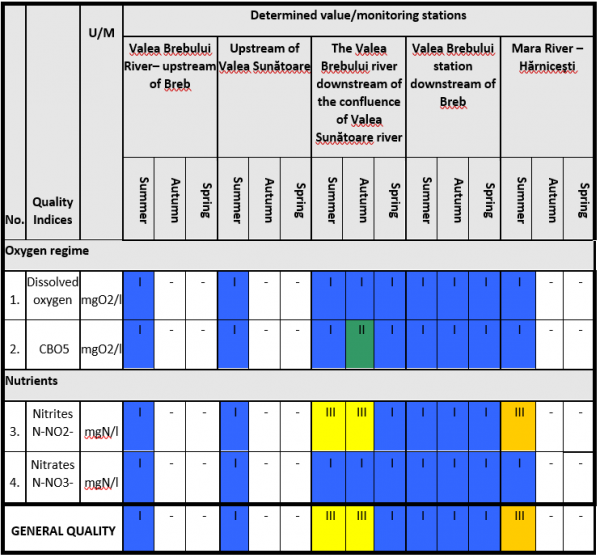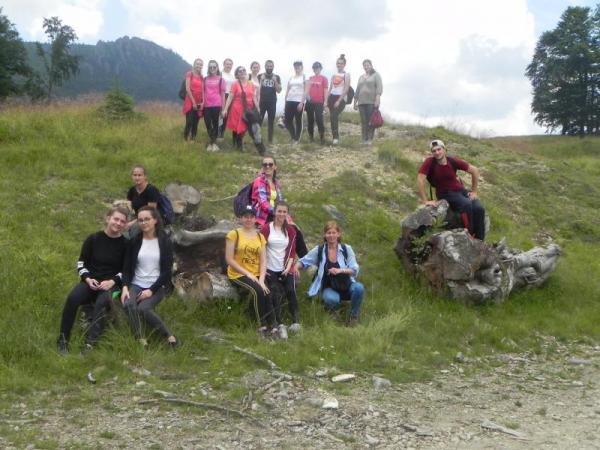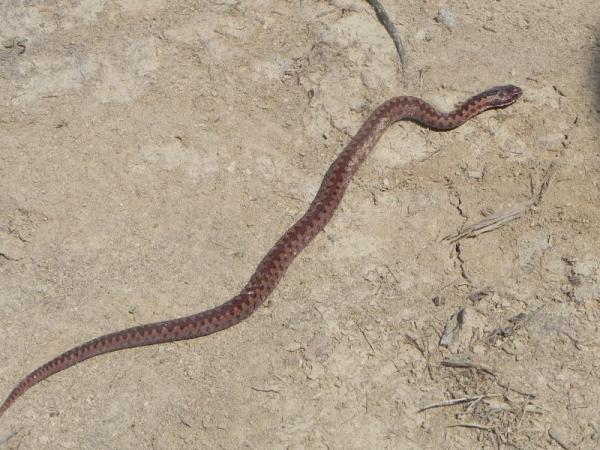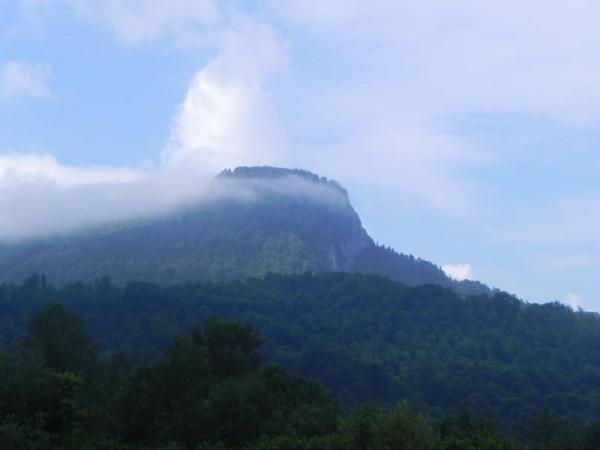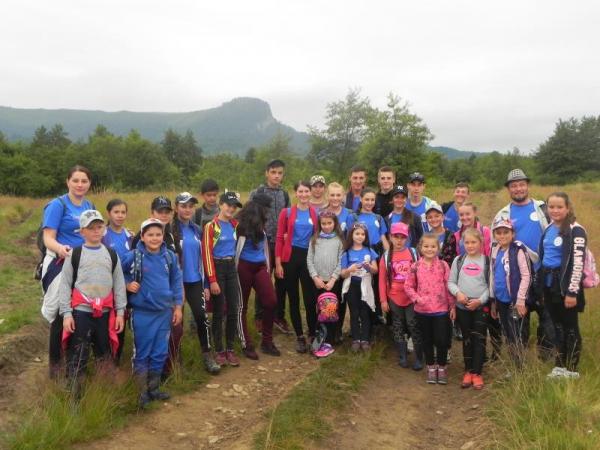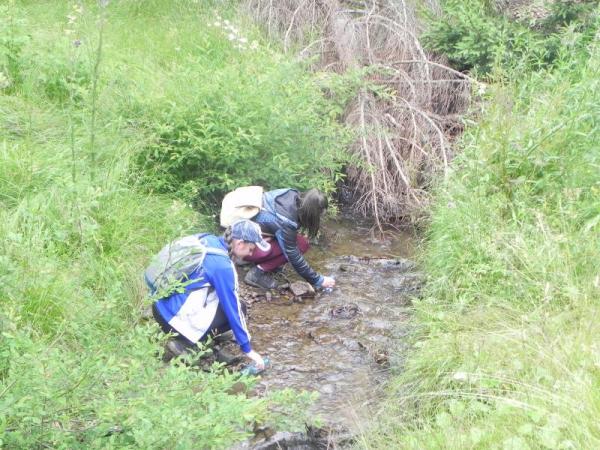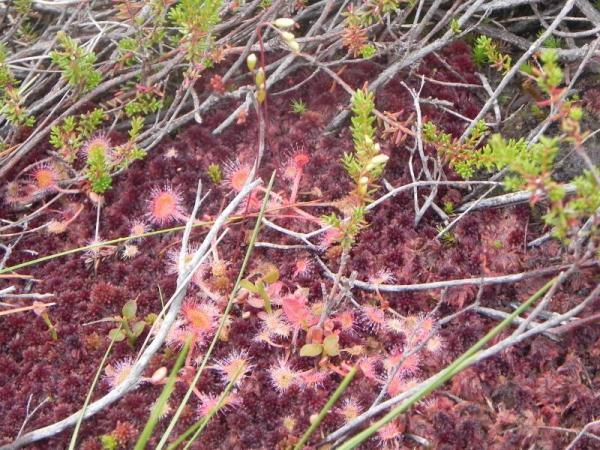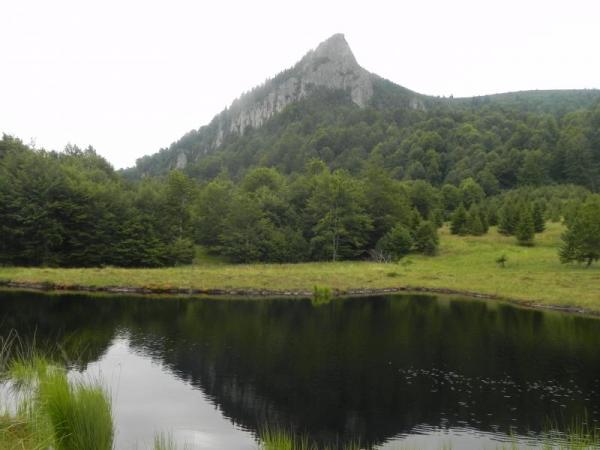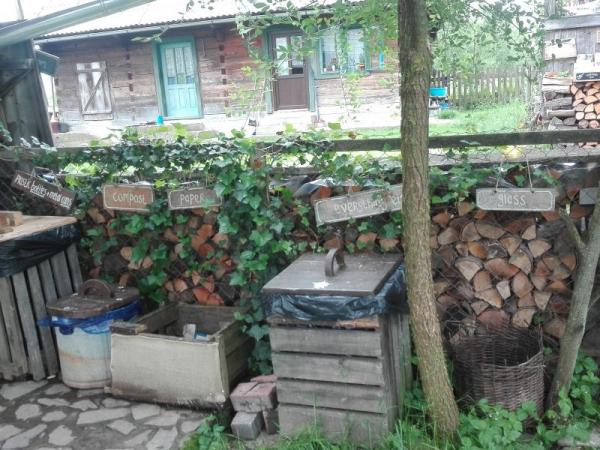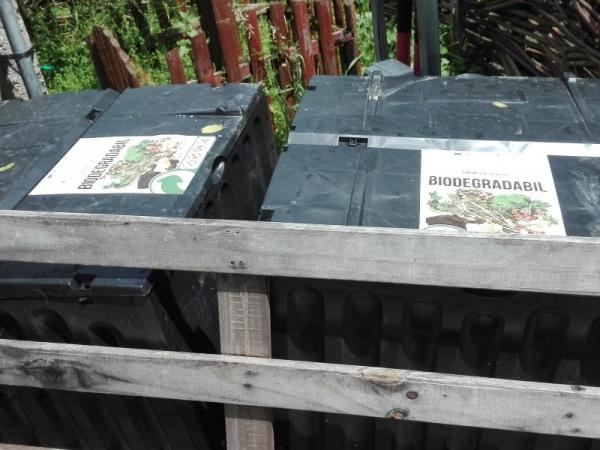According to official information, the water quality of the Breboaia River is good with some vulnerabilities due to the (moderate) presence of nutrients. In this Action lab of WaterProtect, the rural type communities practice traditional semi-subsistence agriculture. Thus, hand labor and animal energy are widely used on small fields, along with natural fertilization and simple rotation of crops. As a result, pesticides or chemical fertilizers are not used in the region. Thus, there is a moderate impact on the environment, including on the aquatic life.
Problems only occur due to household waste, the use and storage of manure and their defective management. Monitoring from official authorities is performed on a larger scale and thus not include study area of Breb.
Potential pressures on the water resource in the area could only be generated by the non-conforming use and storage of manure. As a result, the main objective of the research is to monitor the nutrients in the surface waters that drain the Breb area and to assess the riverside nitrophilous vegetation. Seasonal water samplings were carried out during the vegetation period from 5 stations, for which the acidity regime, the oxygen regime and the nutrients were analyzed during the period from 2017 to 2018. Quantitative and qualitative samples of macrozoobenthos were taken from the same stations too. Macrozoobenthos, made up of a wide variety of invertebrates (dominant insect larvae) with varying degrees of tolerance to the anthropic pollution, operate as a real tool for assessing the biological quality of the aquatic environment.
Thus, the physical-chemical analysis of water, substantiated with the biological analysis, much more accurately reflects the ecological status of the analyzed water section and implicitly the magnitude of the anthropic impact.
The classification of the Water Framework Directive – Directive 2000/60/EEC (DCA) provides a system for classifying the surface water quality into five categories of quality, the description and representation of which is given in Table 1.
Table 1. Quality classes for the analyzed stations
Values of the oxygen and nutrients regime in the monitored stations for the water courses in the Breb area, during 2017-2018, are presented in Table 2.
Tabel 2. Characterization of water quality in 5 monitoring stations in Romanian action lab 2017-2018, physical-chemical indicators (acc. To Normative 161/2006)
Complementary, analysis of microbacteriological data were provided by Ocna Sugatag municipality (July 2017, 2018) based on analysis of water from central pipeline made by Maramures Sanitary Veterinary Directorate.
Awareness raising campaign
The awareness raising campaigns in the Romanian action lab aim at changing the attitudes and the behaviour of the local community, but also the tourists arriving in Maramures Ecotourism Destination and other stakeholders. This is done through education on the socioeconomic and environmental benefits of water conservation and information about the different conservation methods. This is done through traditional and social media, as well as direct communication such as meetings with farmers and their families, workshops, presentations, stakeholder dialogues.
Field visit with students
The past summer, some field visits were organised with students from the Technical University Cluj Napoca, North University Center Baia Mare in the Romanian catchment.
The drinking water for Ocna Sugatag communities spring from the volcanic Gutâi Mountains. The majestic mountain during the visit in the catchment provided encounters with protected species as well (common European viper - Vipera berus).
Exploring the paths to the "sleeping volcano"
A day full of good cheer, delight and breathtaking views, climbing at an alert pace to the catchment area with youngsters from the Green Impact Club "Coconii din Breb". Project team provided information on water provision system in the catchment, as well as different simple mechanisms of protecting natural resources, including water and biodiversity.
Participants also visited Chendroaiei Lakes, periglacial lakes formed below Creasta Cocoșului, on the northern side of Gutâi Mountains (1043 m alt); it is a dome-shaped peat bog formed around the lake area containing free water, with typical vegetation including carnivorous plants (Drosera rutundifolia) and ice age relict species.
Since WaterProtect started, the local community in the Romanian action lab became much more aware of the problems generated by improper waste management and some started selective collection as well as composting . Municipality also provided for free compost bins to households within the catchment.

